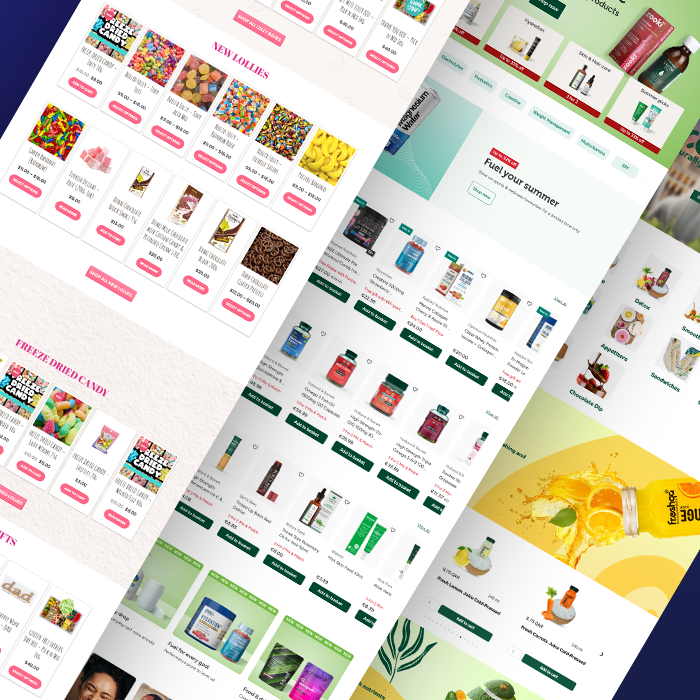
Your landing page is often the first interaction between your brand and potential customers. It’s not just a digital brochure, it’s a conversion engine.
Even if you run the best ad campaigns, a poorly designed landing page can leak conversions and drain your ROAS.
In 2025 and Beyond, with higher ad costs and increased competition, the brands winning are the ones who optimize their landing page experience first. A high-converting landing page isn’t just about aesthetic design, it’s a strategic blend of:
Your headline is the first thing visitors see, and in many cases, it’s the only thing they read before deciding whether to stay or leave. Studies show that 80% of visitors read the headline, but only 20% continue with the rest of the page. That makes your headline the single most important element of your landing page.
When a visitor lands on your page, the above-the-fold section is the first thing they see without scrolling. Think of it as your digital elevator pitch. You have about 5–7 seconds to convince someone to stay.
If the value isn’t clear immediately, users bounce, and all the effort (ads, SEO, campaigns) is wasted.
Design is not just about aesthetics it’s about directing user attention to what matters most: your offer and your CTA. A well-structured layout makes it effortless for users to understand the value and act quickly.
Copy is where you turn interest into intent. A beautifully designed landing page fails if the words don’t connect with the user’s goals, emotions, and objections.
Your CTA is the money button, the single most important clickable element on the page.
No matter how stunning your landing page looks, if it loads slowly, you’re already losing conversions. In fact, studies show that 53% of users abandon a page if it takes longer than three seconds to load. That’s potential revenue slipping away simply because of performance issues.
A slow page doesn’t just frustrate users it also hurts your SEO rankings and your return on ad spend (ROAS). When people bounce quickly, your cost per acquisition goes up, and your campaign efficiency plummets.
Visitors won’t hand over their email or credit card unless they feel confident in your brand. This is where trust signals and social proof become your strongest allies. They show people that others have already used, loved, and benefited from your product or service.
Some of the most effective trust signals include:
Nothing kills conversions faster than a form that feels like a chore. Every extra field creates friction, and friction lowers conversions. In fact, research shows that cutting form fields from 11 to 4 can increase conversions by 120%.
A landing page is never “finished.” What works today may not work tomorrow, which is why continuous optimization through A/B testing is critical.
Small tweaks like changing a headline, adjusting your CTA copy, or testing a different hero image can lead to big conversion lifts.
Here’s what to A/B test regularly:
Best practices for A/B testing:
The headline and above-the-fold section are the most critical. Within seconds, visitors decide whether to stay or leave. A clear headline, compelling value proposition, and visible CTA make the biggest impact.
Ideally, one primary CTA that is consistent throughout the page. You can repeat it in multiple sections (hero, mid-page, bottom), but avoid overwhelming users with too many competing CTAs.
The fewer, the better. For most lead generation campaigns, 2–4 fields (e.g., name, email, phone) work best. If you need more details, use multi-step forms or gather data later in the funnel.
Conversion rates vary by industry, but a strong benchmark is 10% or higher. Top-performing landing pages can reach 20–30% conversion rates, depending on the offer and traffic quality.
You can measure success with:
It depends on your offer.
We build using modular, component-based frontend systems that are easy to extend and maintain. Our development practices prioritize scalability, performance, and reusability to future-proof your digital product.
Regularly. At a minimum, review performance every 3–6 months. But if you’re running paid ads, you should test and optimize weekly or monthly to maximize ROAS.